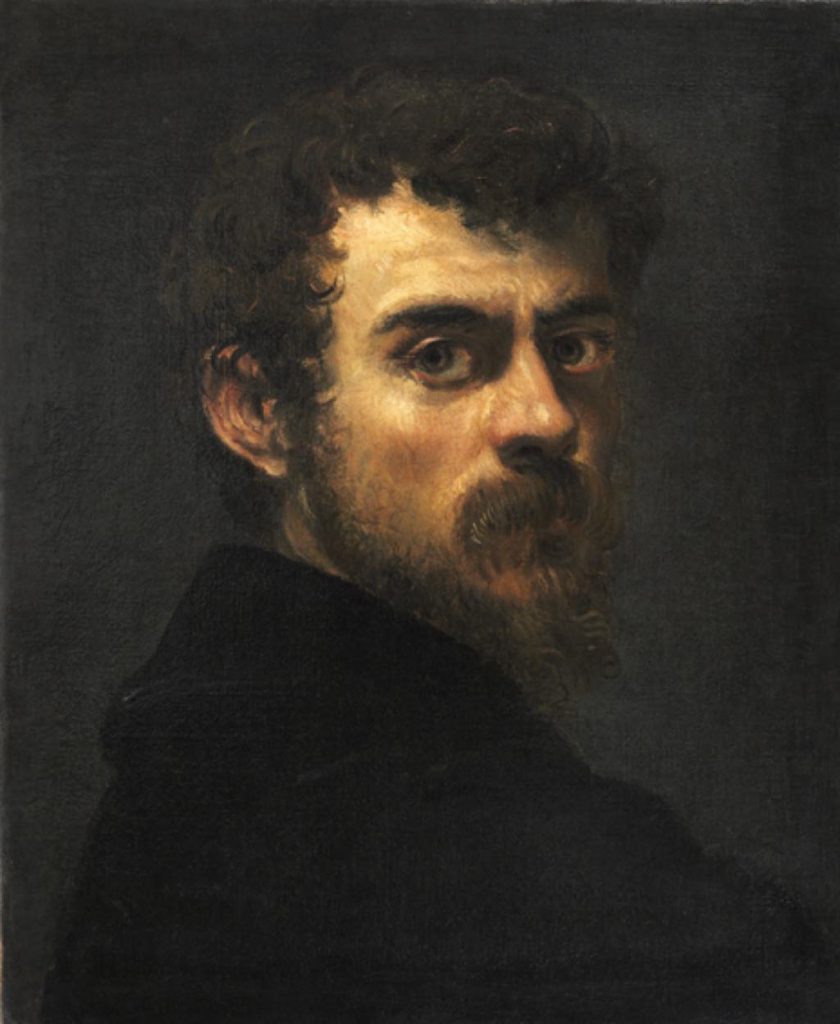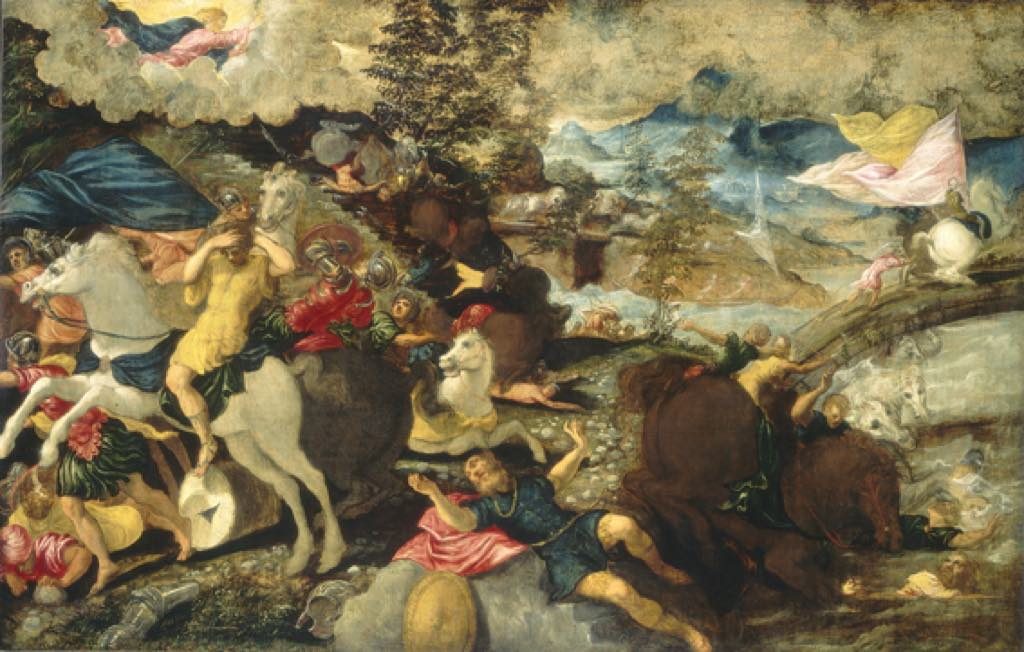
The exhibition “Tintoretto: Birth of a Genius” at the Musée du Luxembourg concentrates on the early career of the exuberant Venetian Mannerist painter Jacopo Tintoretto (né Robusti), who painted fast, fluently and furiously.
Tintoretto (c. 1518-94) was ambitious and hardworking, always learning and experimenting. The diversity of styles and techniques in this show alone, which covers only a 15-year period of his career, is breathtaking.
As a young man he looked to his elder, the Venetian painter Titian, for inspiration (the probably apocryphal story has it that he spent a short time in Titian’s studio but was thrown out because the master felt threatened by the young man’s talent), but he also studied and was influenced by artists from other parts of Italy, including Rome and Florence, notably Michelangelo, and from the Northern countries.

The exhibition offers a bit of everything, from monumental works brimming with figures, events and color – “The Conversion of Saint Paul,” for example, is a whirlwind of bodies of men and horses falling about as Saul, persecutor of Christians, is taught a lesson by Christ – to starkly beautiful and expressive portraits like the self-portrait pictured above or the amazingly modern “Portrait of a Man” (c. 1547-48 or 1557), which captures so well the animated personality of the sitter, possibly Andrea Calmo.
In addition to numerous paintings on a wide variety of subjects, including biblical and mythical scenes, many of them painted with his studio assistants, there are also studies of sculptures made by the master and his students as they strove to capture on paper or canvas the three-dimensional quality of sculpture in response to a sort of competition between the two art forms in Venice at the time.

One painting, “Original Sin” (c. 1551-52), contains what may have been a sort of joke on Tintoretto’s part. The naked Eve, bathed in light as she leans against a tree, holds out the apple to Adam, whose back is turned to us as he pulls back in shock and protest. We wonder, however, if the first man and woman really ran around the Garden of Eden stark naked when we notice that the back of Adam’s neck is tanned while the rest of his body is not.
The exhibition left me hungry for more. A trip to Venice to learn more about Tintoretto and especially to visit the Scuola Grande di San Rocco, where he did some of his best works, seems to be in order.
Favorite
